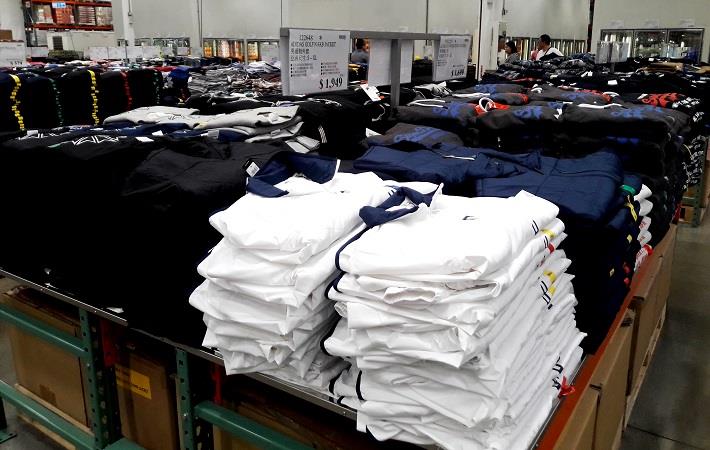Interviews
PRC textile firms bank on BRI for growth: CNTAC president
11 Jan '20
2 min read

Pic: Shutterstock
China's textile industry, which provides jobs to over 27.15 million in both production and sales, will tap more growth seams in economies related to the Belt and Road Initiative (BRI) and improve innovation capabilities of garment manufacturers to stay competitive this year, according to Sun Ruizhe, president of the China National Textile and Apparel Council (CNTAC).
China's textile industry must accelerate the adjustment of products, capacity and trade structure to better integrate regional development in the next stage as participating countries are expected to sign the Regional Comprehensive Economic Partnership (RCEP) this year, Sun said.
"The simplification and unification of rules will boost resource flows within the region, and cut transaction costs and risks," he said, adding the RCEP will further enrich regional cooperative content in areas such as digital economy and intellectual property protection, paving the way for future cooperation among industries across the mega trade bloc, according to a report in a Chinese newspaper.
The rise of emerging markets such as Vietnam, India and Bangladesh has also changed the division pattern of labour and trade in the global textile business, he said.
The country’s textile and apparel exports dropped by 2.2 per cent year on year to $232.31 billion between January and October last year because of weak demand from developed markets and the rise of protectionism, data from Beijing-based CNTAC show.
In the meantime, China's textile and apparel shipments to the United States, the European Union and Japan fell by 4.5 per cent, 5 per cent and 5.5 per cent year on year respectively, while its total exports to countries and regions participating in the BRI grew by 1.3 per cent, and exports to Africa jumped by 6.6 per cent from the same period a year earlier.
To improve the product value and tackle climate change, Sun said green textile products have already become the new trend in the textile industry.
Since the fourth industrial revolution is still in its infancy and many technical applications are immature, Sun said the instability of certain new technologies can lead to higher initial investments and trial costs.
China's textile industry must accelerate the adjustment of products, capacity and trade structure to better integrate regional development in the next stage as participating countries are expected to sign the Regional Comprehensive Economic Partnership (RCEP) this year, Sun said.
"The simplification and unification of rules will boost resource flows within the region, and cut transaction costs and risks," he said, adding the RCEP will further enrich regional cooperative content in areas such as digital economy and intellectual property protection, paving the way for future cooperation among industries across the mega trade bloc, according to a report in a Chinese newspaper.
The rise of emerging markets such as Vietnam, India and Bangladesh has also changed the division pattern of labour and trade in the global textile business, he said.
The country’s textile and apparel exports dropped by 2.2 per cent year on year to $232.31 billion between January and October last year because of weak demand from developed markets and the rise of protectionism, data from Beijing-based CNTAC show.
In the meantime, China's textile and apparel shipments to the United States, the European Union and Japan fell by 4.5 per cent, 5 per cent and 5.5 per cent year on year respectively, while its total exports to countries and regions participating in the BRI grew by 1.3 per cent, and exports to Africa jumped by 6.6 per cent from the same period a year earlier.
To improve the product value and tackle climate change, Sun said green textile products have already become the new trend in the textile industry.
Since the fourth industrial revolution is still in its infancy and many technical applications are immature, Sun said the instability of certain new technologies can lead to higher initial investments and trial costs.
Fibre2Fashion News Desk (DS)
Popular News
Leave your Comments
Editor’s Pick
Pratik Gadia
The Yarn Bazaar - Filosha Infotech Private Limited
C Devarajan & P Raajashekar
Texvalley
































-Ltd..jpg?tr=w-120,h-60,c-at_max,cm-pad_resize,bg-ffffff)





.jpg?tr=w-120,h-60,c-at_max,cm-pad_resize,bg-ffffff)
.jpg?tr=w-120,h-60,c-at_max,cm-pad_resize,bg-ffffff)






